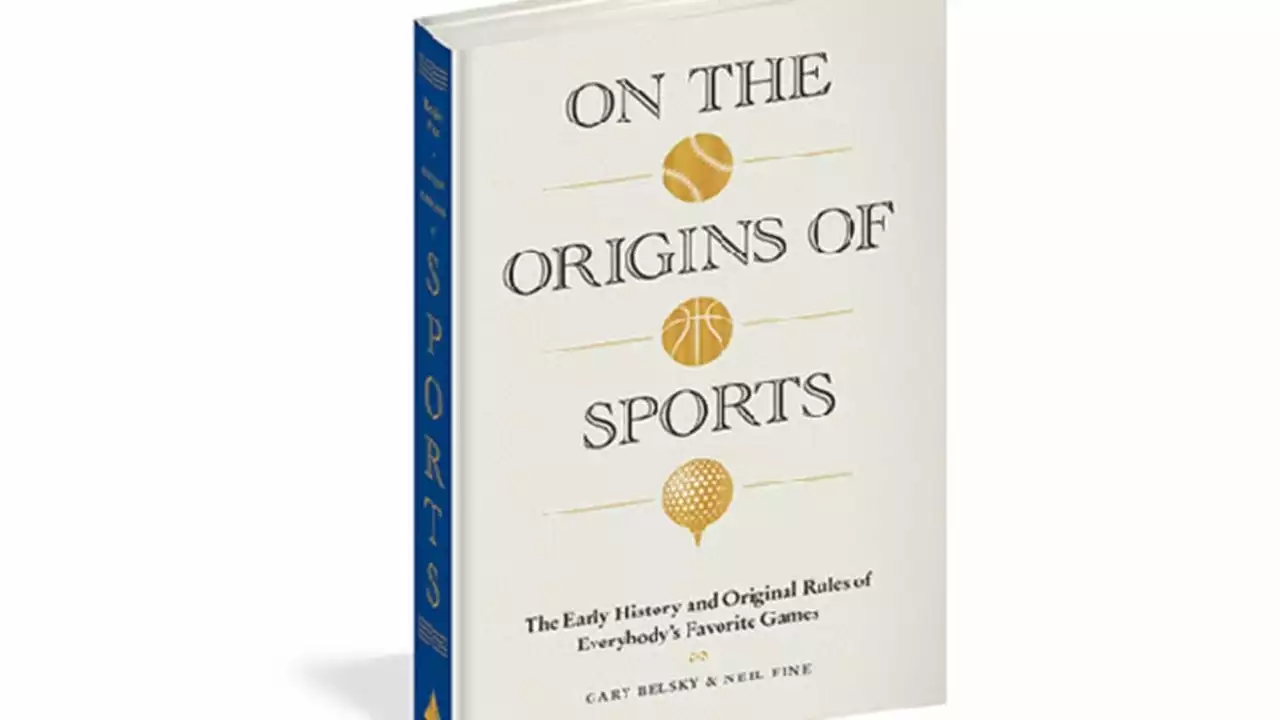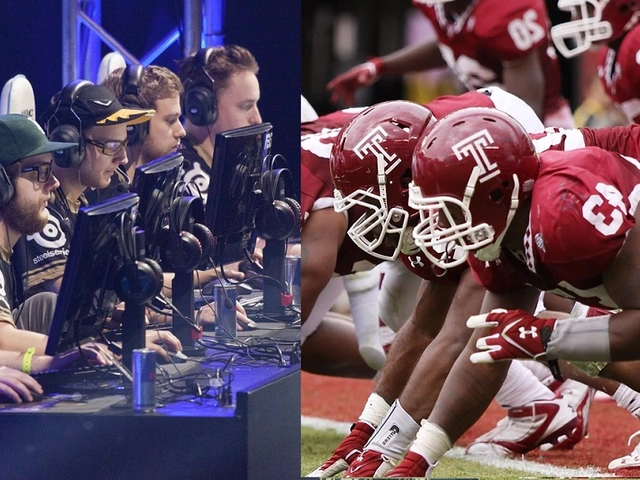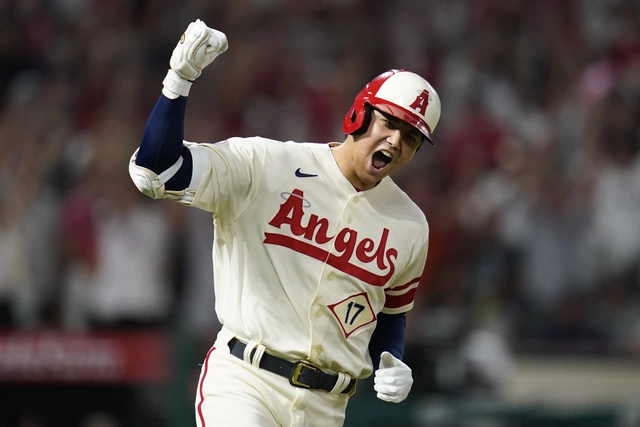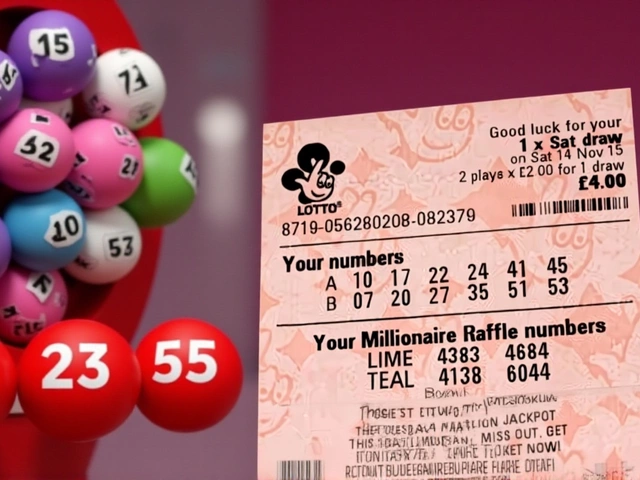Sports History and Origins: Discover Where Games Began
When exploring Sports History and Origins, the study of how different games started and spread across the world, you quickly see why knowing the roots matters. Also known as game provenance, it helps fans connect with culture and tradition. Understanding Sports History and Origins gives you a richer fan experience and a clearer view of how sport shapes identity.
Every sport carries a piece of its Cultural Heritage, the shared customs and stories of the people who first played it. From the tribal footraces of ancient Kenya to the royal courts of medieval England, the background of a game explains its rules, its language, and its rituals. When you know the cultural backdrop, you can appreciate why a bow‑and‑arrow contest felt sacred or why a stick‑ball match turned into a national pastime.
Ancient games often started as rites or training drills. Sumo wrestling, for instance, grew out of Shinto ceremonies in Japan, while the Greek pentathlon combined running, discus, and javelin to prepare soldiers for battle. Those early forms illustrate a basic semantic triple: Sports History and Origins encompasses ancient games, and those games require ritual significance to survive. The link between ritual and sport still shows up in modern festivals, where a single match can signal the start of a harvest celebration.
Key Examples from Around the Globe
Take Basketball, invented in 1891 by James Naismith in the United States. It began as an indoor activity to keep gym‑class students active during winter, yet its simple rules spread fast to schools worldwide. Then there’s Football, tracing its formal rules to 19th‑century England while its ball‑kicking roots go back thousands of years in China and Mesoamerica. Finally, Badminton, a modern version of the Indian game "Poona" that British officers brought back in the 1860s. Each story shows how a local pastime can become a global phenomenon when it meets the right cultural moment.
The spread of these sports illustrates another semantic link: colonial trade and international competition accelerate the diffusion of games. The British Empire carried cricket to India, Australia, and the Caribbean, while the Olympic Games created a stage for new disciplines to gain legitimacy. When a sport appears on the Olympic roster, it often gains national funding, youth programs, and media coverage, turning a regional hobby into a career path for thousands.
Today fans not only watch matches; they visit museums, attend heritage festivals, and even travel to the birthplaces of their favorite games. A Sports Museum, a space that archives equipment, uniforms, and stories from a sport's early days can turn abstract history into tangible experience. Seeing a wooden racquet from 19th‑century badminton or the original basketball hoop designed by Naismith makes the evolution feel personal, not just academic.
Our collection below mirrors this wide‑ranging curiosity. You’ll find posts like “Can someone name sports and their originated countries?” that map dozens of games to the nations that first played them, plus deep dives into how cultural exchange reshaped each rule set. Whether you’re a casual fan curious about why football uses a round ball or a historian tracing the lineage of martial arts, the articles provide concrete facts, timelines, and anecdotes.
Ready to explore the full archive? Below you’ll discover detailed breakdowns, surprising origin stories, and a fresh perspective on how every match you watch today is rooted in centuries of human creativity and competition.
Can someone name sports and their originated countries?

As a sports enthusiast, I've always been curious about the origins of various sports and where they were first played. After doing some research, I discovered that basketball was invented in the United States, soccer (or football) traces back to England, and table tennis, also known as ping pong, originated in Victorian England. Moreover, the modern version of badminton comes from India, while sumo wrestling has a long history in Japan. It's truly fascinating to see how sports have evolved and spread across the globe, bringing people together through the spirit of competition and camaraderie.
Categories
RECENT POSTS
Why isn't eSports as accepted as active sports?
Hey folks, let's dive into this spicy salsa of a topic - Why isn't eSports as accepted as active sports? It's like trying to convince your grandma that your digital art is as real as her oil paintings! Well, the first hurdle is the physicality, or lack thereof. Traditional sports fans are often skeptical about watching folks play video games, missing the sweat and muscles flexing. But, let's not forget, eSports require serious mental gymnastics and finger dexterity! So next time you're defending eSports, flex those brainy biceps and remember, not all games need a ball and a field!
Greta Thunberg alleges abuse as Israel deports Gaza aid activists
Activists from the Global Sumud Flotilla were deported to Istanbul on Oct 5, 2025, with allegations that Greta Thunberg suffered mistreatment in Israeli custody, heightening tensions over Gaza's blockade.
When will Shohei Ohtani become a free agent?
Shohei Ohtani is a two-way baseball player for the Los Angeles Angels who is set to become a free agent in the fall of 2021. He is currently under contract with the Angels until then, and cannot be signed by another team until that point. However, teams can negotiate with Ohtani's representatives prior to the free-agency period, as teams are allowed to negotiate with players who have three or more years of MLB service. Ohtani is expected to be one of the most sought-after free agents next year, and could potentially receive a large contract from a team looking to sign him.
£11.4 Million UK Lotto Jackpot Rolldown Boosts Winners on July 26, 2025
The £11.4 million UK Lotto jackpot rolled down on July 26 2025, upping prizes for 1.6 million winners, while the Thunderball draw hit a £500,000 top prize.
How to Maintain Friendships With Clients Without Coming Across as Unprofessional
Learn how to build genuine, lasting relationships with clients without crossing professional boundaries. Real tips on warmth, boundaries, social media, and when to say no.




